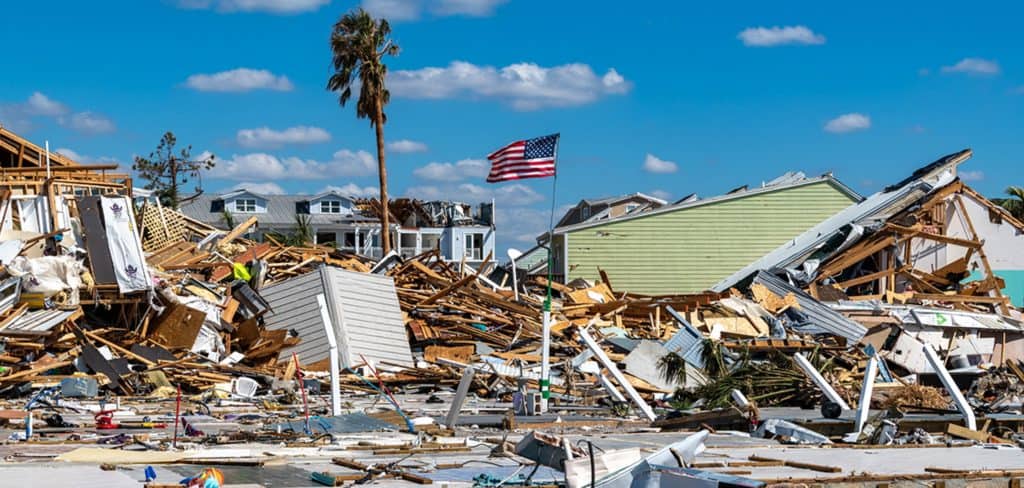Chances we will get an above-normal hurricane season are now higher, thanks to the end of El Nino.
National Oceanic and Atmospheric Administration (NOAA) forecasters are upping their prediction of a bigger-than-average season to a 45% chance, from 30% back in May.
45% is the same percentage that NOAA predicted for the record-breaking 2017 season– in which hurricanes Harvey, Irma, and Maria battered the U.S.
NOAA expects more named storms than previously thought– 10 to 17 storms with winds of 39 miles per hour or greater. Of those, NOAA predicts five to nine will become hurricanes with winds of 74 miles per hour or greater, and two to four will be major hurricanes with winds of 111 miles per hour or greater.
NOAA’s Climate Prediction Center says conditions are now more favorable for Atlantic hurricanes to develop since declaring the end of El Nino, an every-few-years occurrence in which the sea water temperature rises in surface waters of the tropical Pacific Ocean.
“El Nino typically suppresses Atlantic hurricane activity but now that it’s gone, we could see a busier season ahead,” said Gerry Bell, Ph.D., lead seasonal hurricane forecaster at NOAA’s Climate Prediction Center. “This evolution, combined with the more conducive conditions associated with the ongoing high-activity era for Atlantic hurricanes that began in 1995, increases the likelihood of above-normal activity this year.”
The average Atlantic hurricane season produces 12 named storms, including six hurricanes, three of them “major” hurricanes.
We’re in the midst of the peak months of hurricane season, considered August through October, and so far two named storms have formed, Subtropical Storm Andrea and Hurricane Barry. Hurricane season ends November 30.
-Meg Walburn Viviano




